| Touchscreen Display | Capacitive, multi-touch, various sizes (15" to 32"), HD/4K | Screen assembly, integration with housing, testing for responsiveness and durability |
| Processor | High-performance CPU (e.g., Intel i5, ARM-based) | Sourcing, PCB assembly, integration with other components |
| Payment Terminal | EMV-compliant card reader, NFC for contactless payments | Secure installation, software integration for payment processing |
| Printer | Thermal receipt printer, fast printing speed, auto-cutter | Assembly, testing for print quality and speed |
| Housing/Enclosure | Durable materials (steel, aluminum), customizable design | CNC machining, powder coating, custom branding options |
| Operating System | Windows, Android, or Linux | OS installation, custom software configuration, security setup |
| Networking | Ethernet, Wi-Fi, Bluetooth for connectivity | Network module integration, connectivity testing, security protocols |
| Peripheral Devices | Barcode scanner, QR code reader, camera (optional) | Integration, testing, and alignment with software for proper functionality |
| Power Supply | AC input, voltage regulation, battery backup (optional) | Assembly, testing for reliability and adherence to safety standards |
| Software Interface | User-friendly, customizable UI, integrates with POS systems | UI/UX design, software development, testing for usability and compatibility |

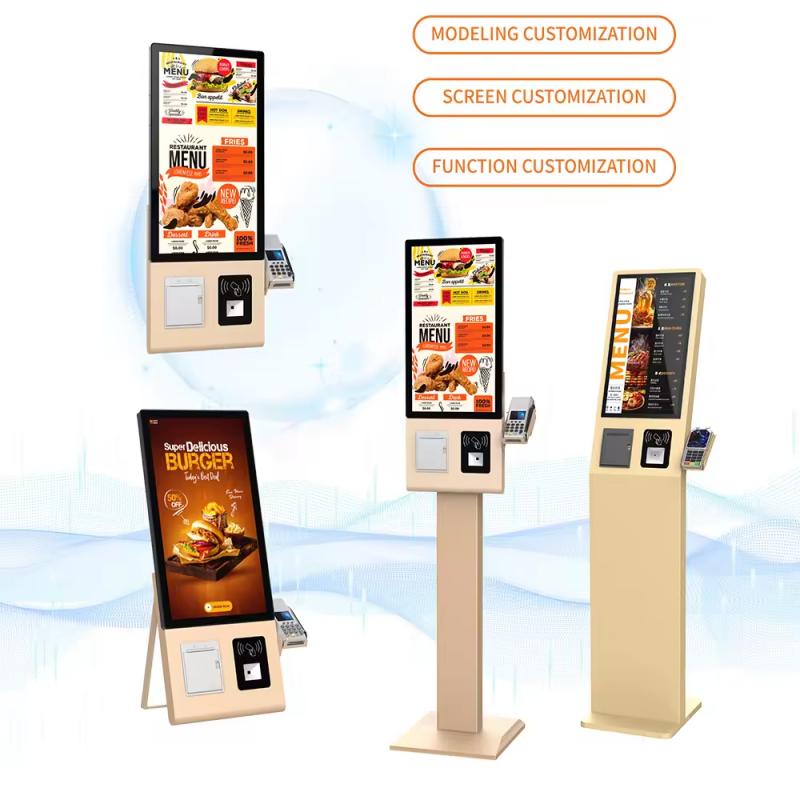
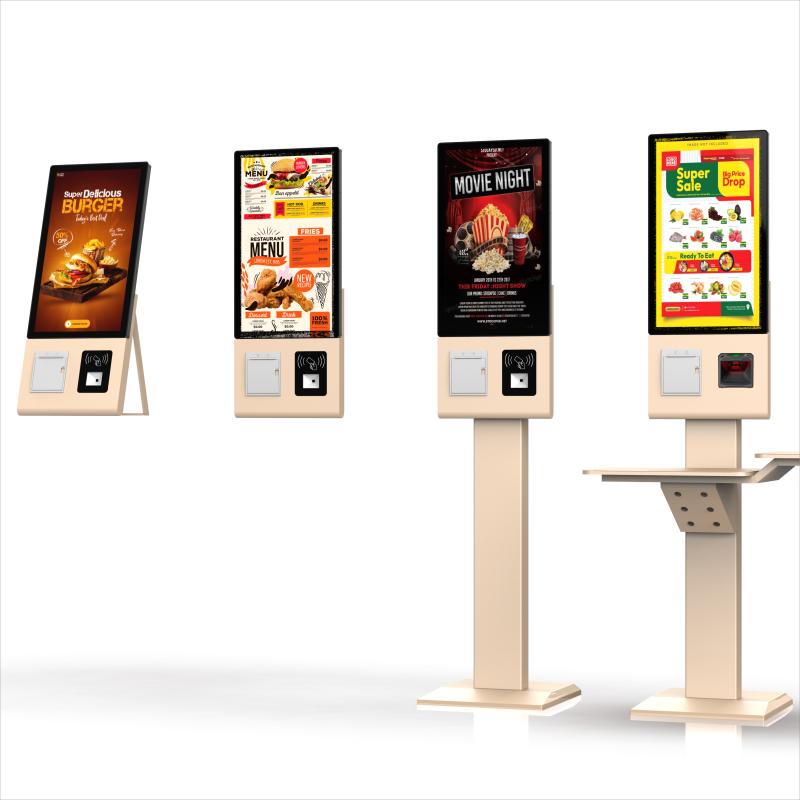
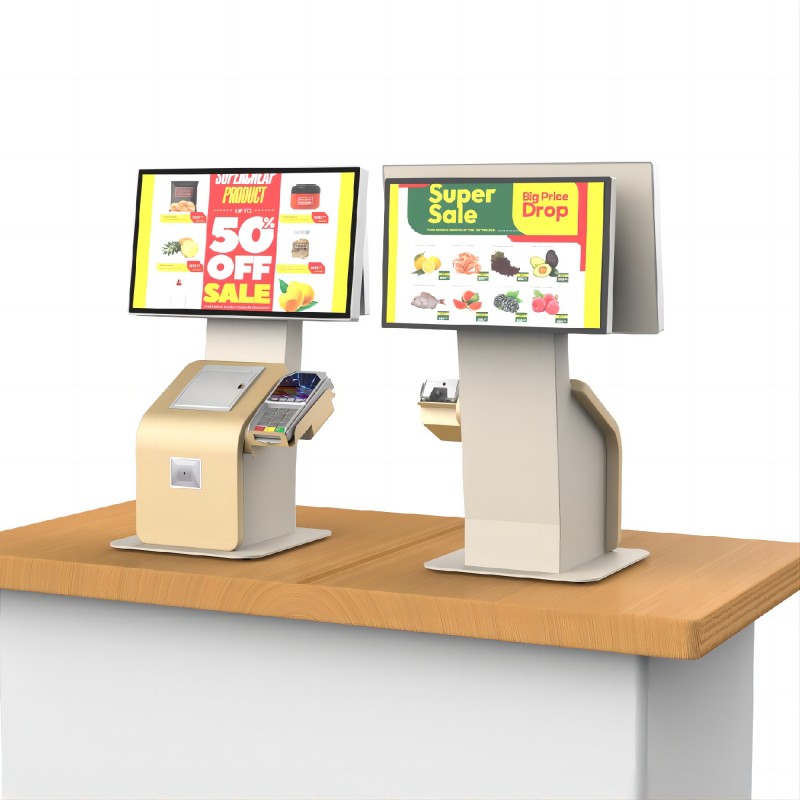

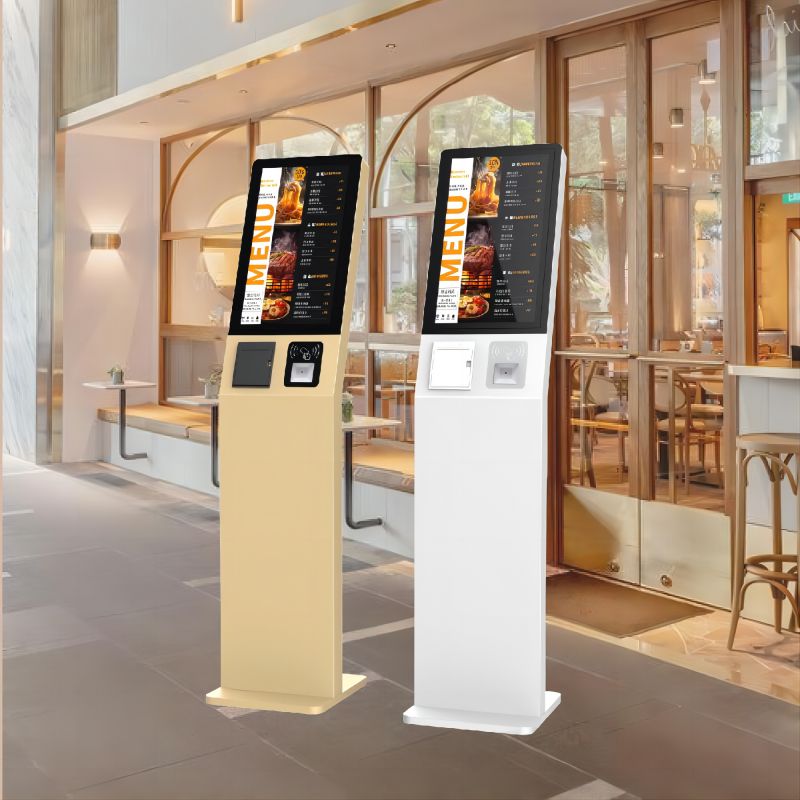





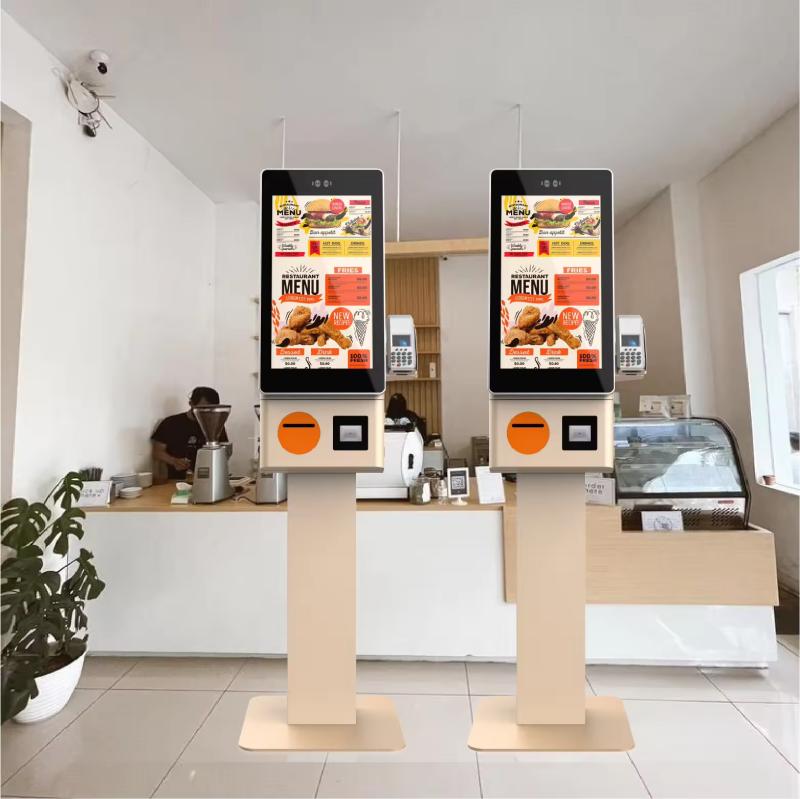
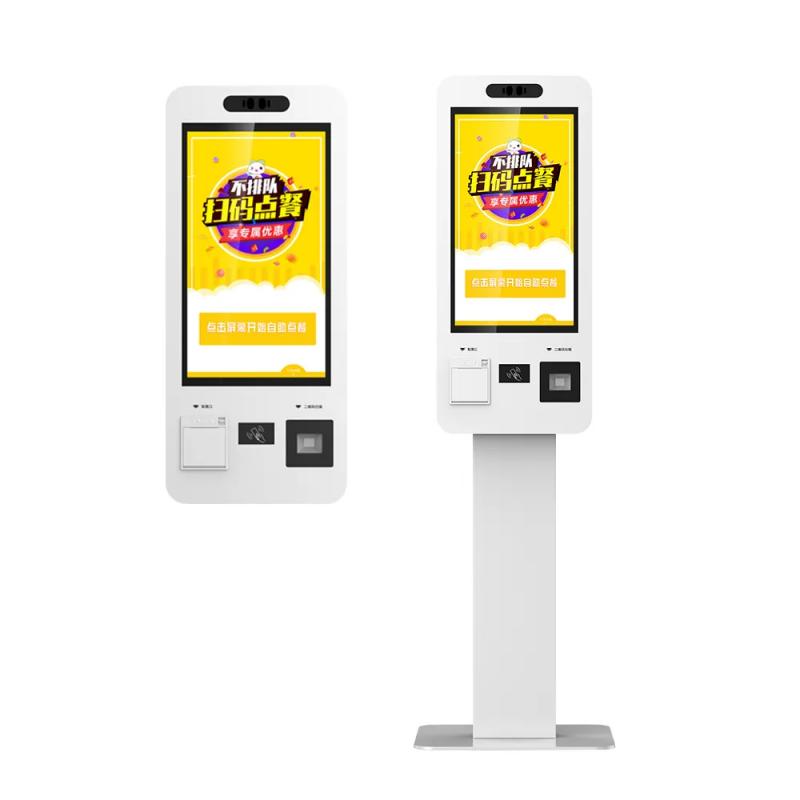
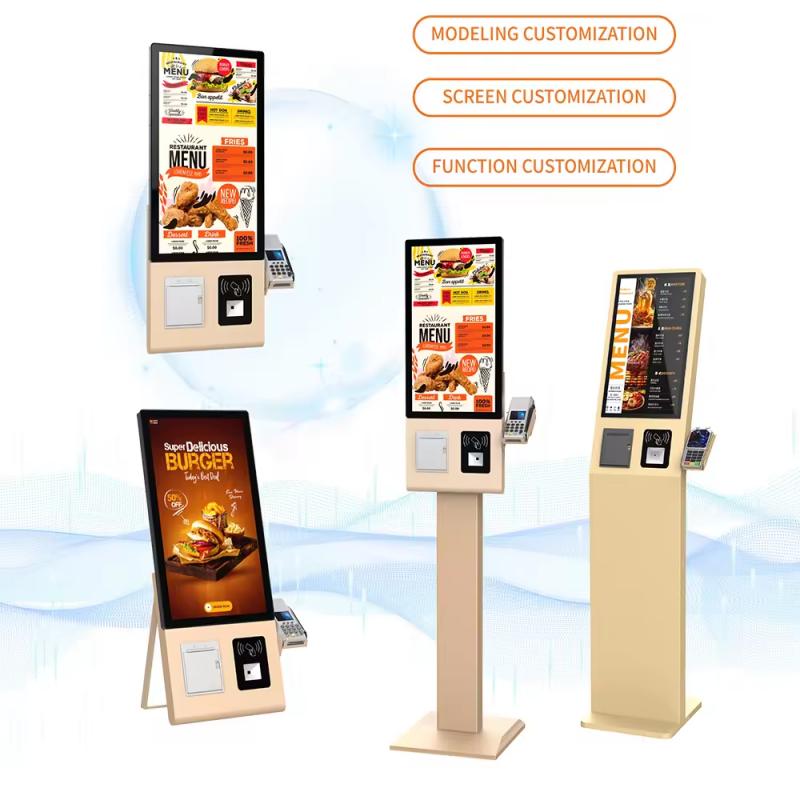
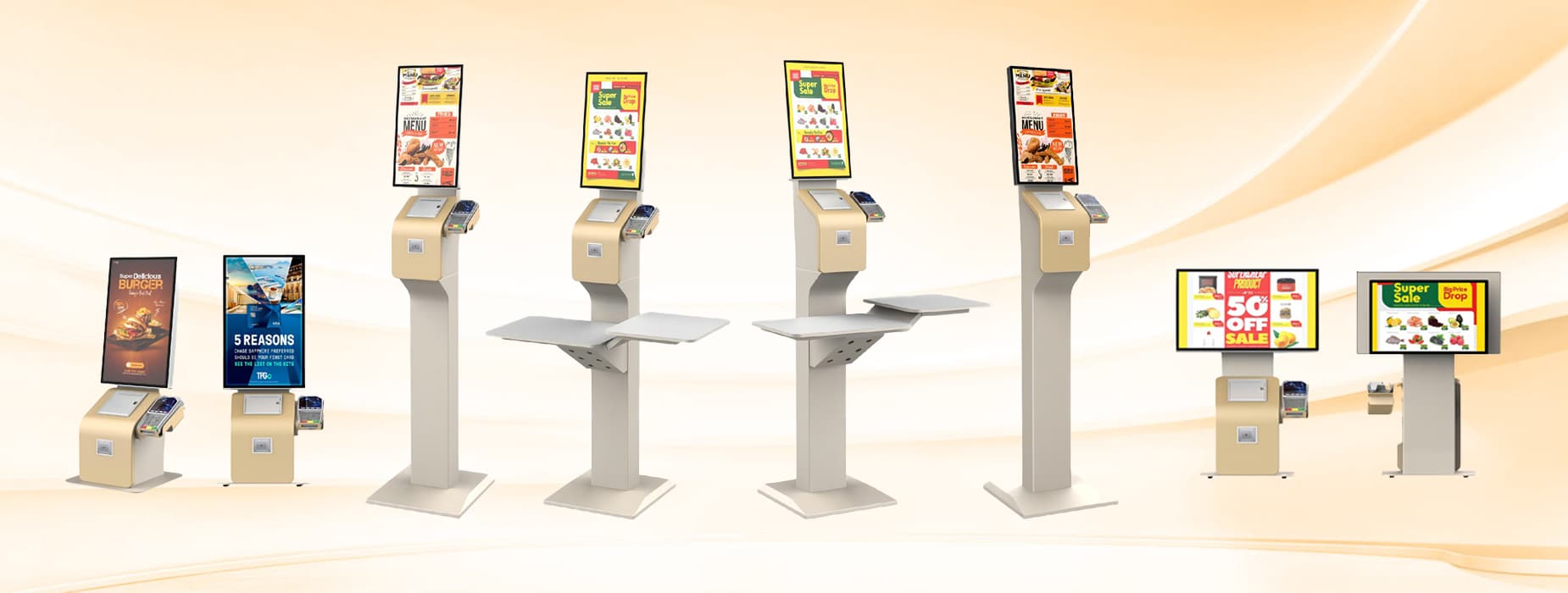
What did our happy clients say?
The order machine exceeded our expectations with its sleek design and user-friendly interface. It fits perfectly in our space and has streamlined our operations. The after-sales service was top-notch, making this purchase even more worthwhile. Highly recommend!
We are thrilled with our new order machine! The compact size is perfect for our small business, and the performance has been flawless. The manufacturer provided excellent after-sales support, ensuring a smooth installation process. Definitely recommend!
This order machine is a game-changer for our business! The functionality is outstanding, and the size is just right for our needs. The manufacturer offered exceptional after-sales service, guiding us through every step. We highly recommend this product!
The order machine fits our needs perfectly, both in size and performance. The customer support was incredible, with quick responses and helpful advice. The manufacturer has earned our trust, and we highly recommend their products!